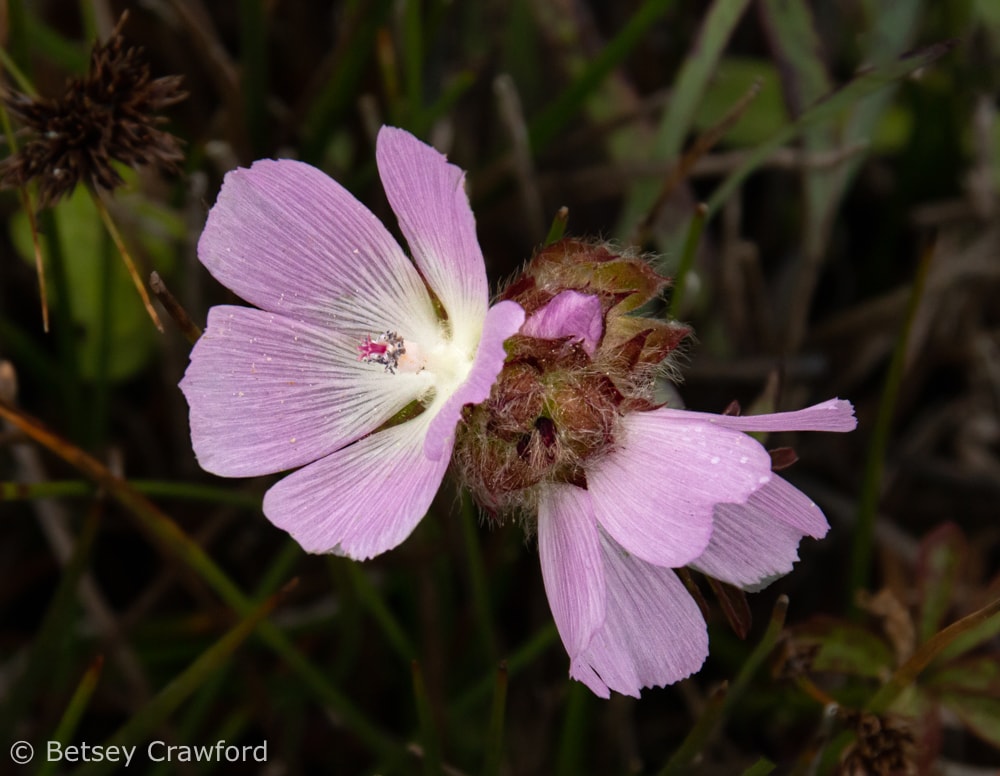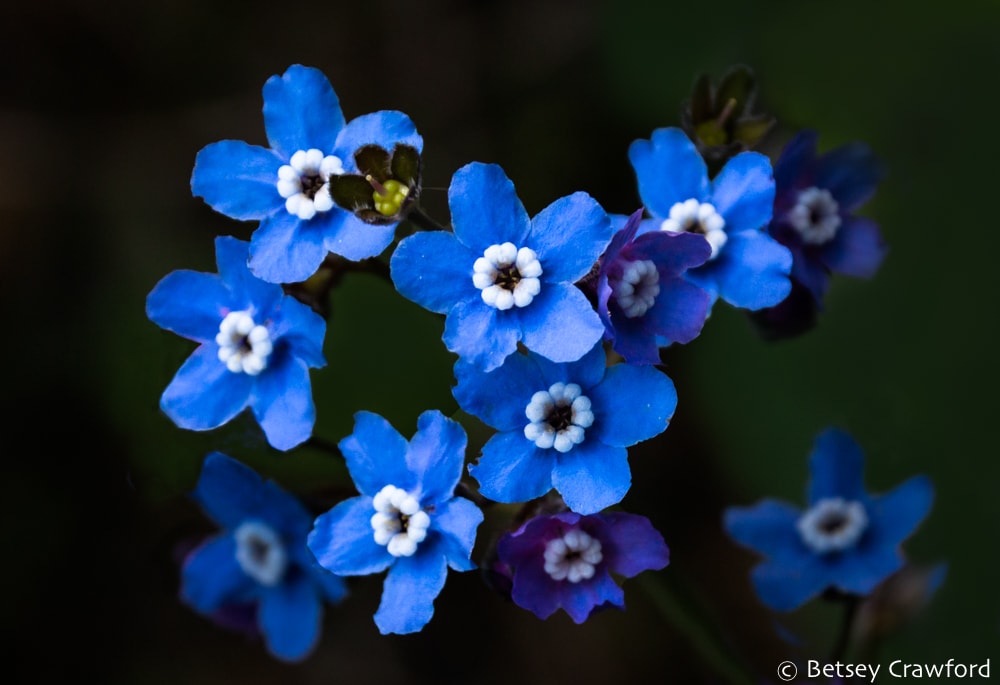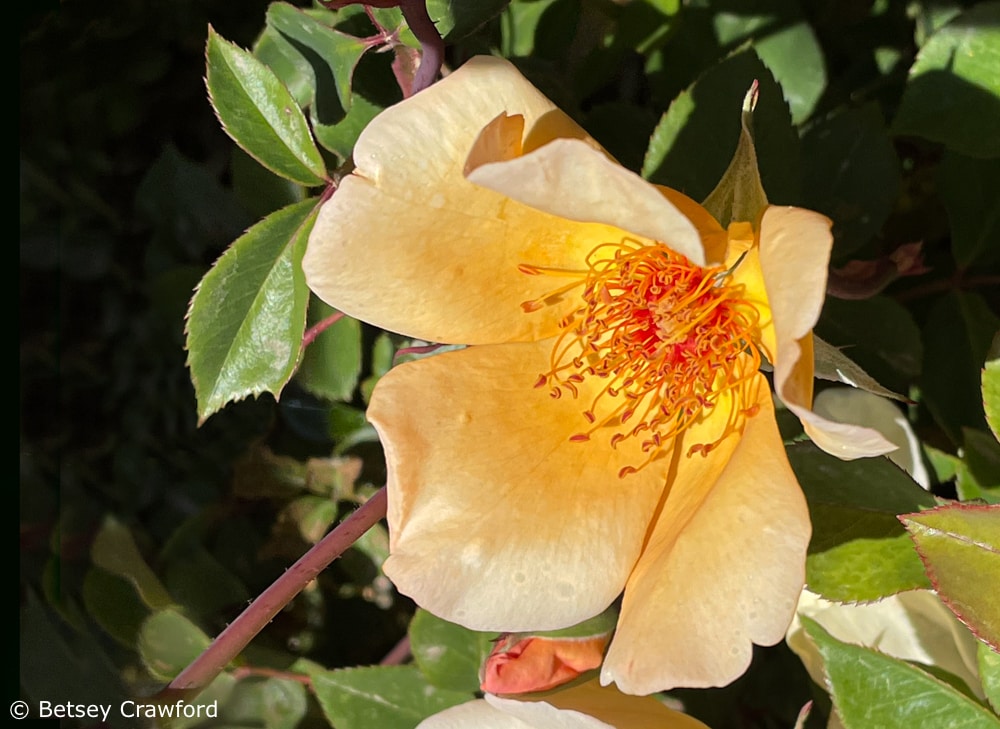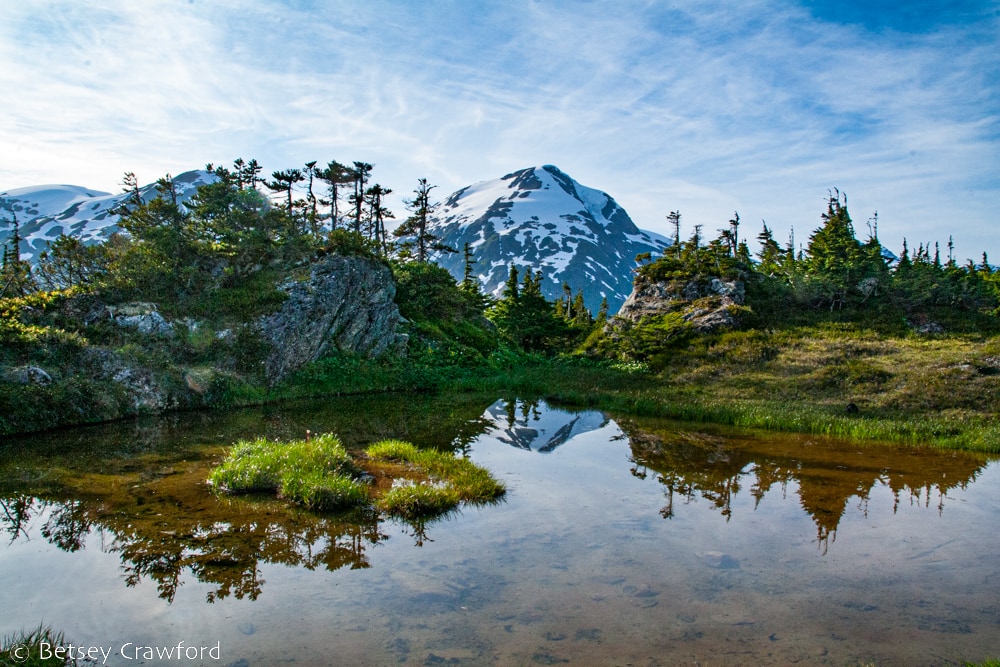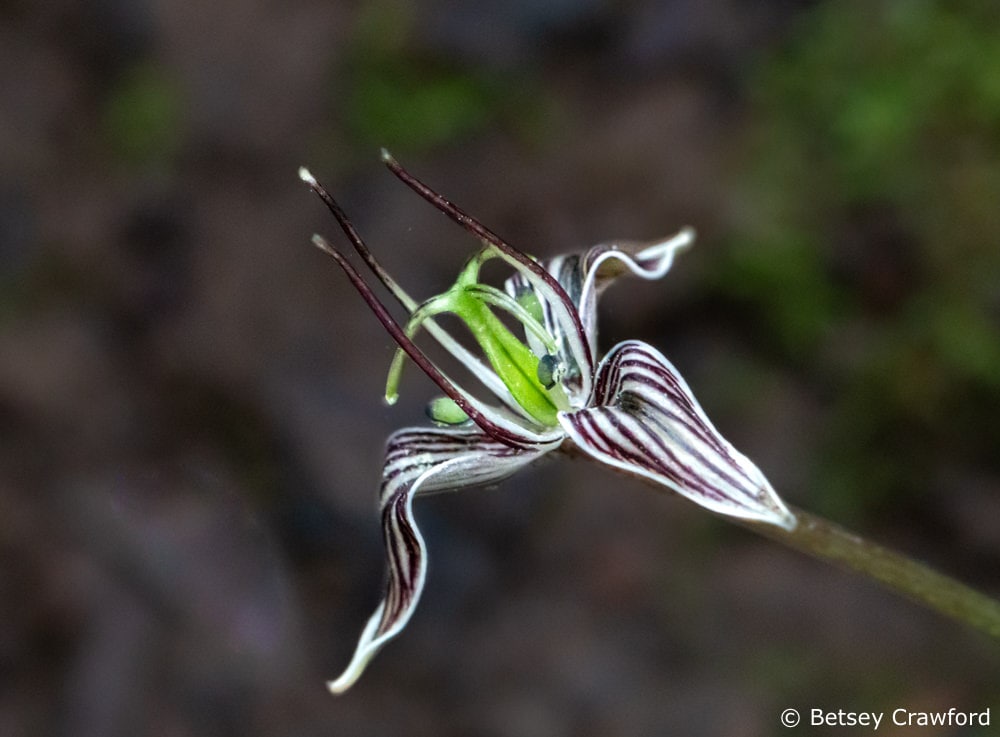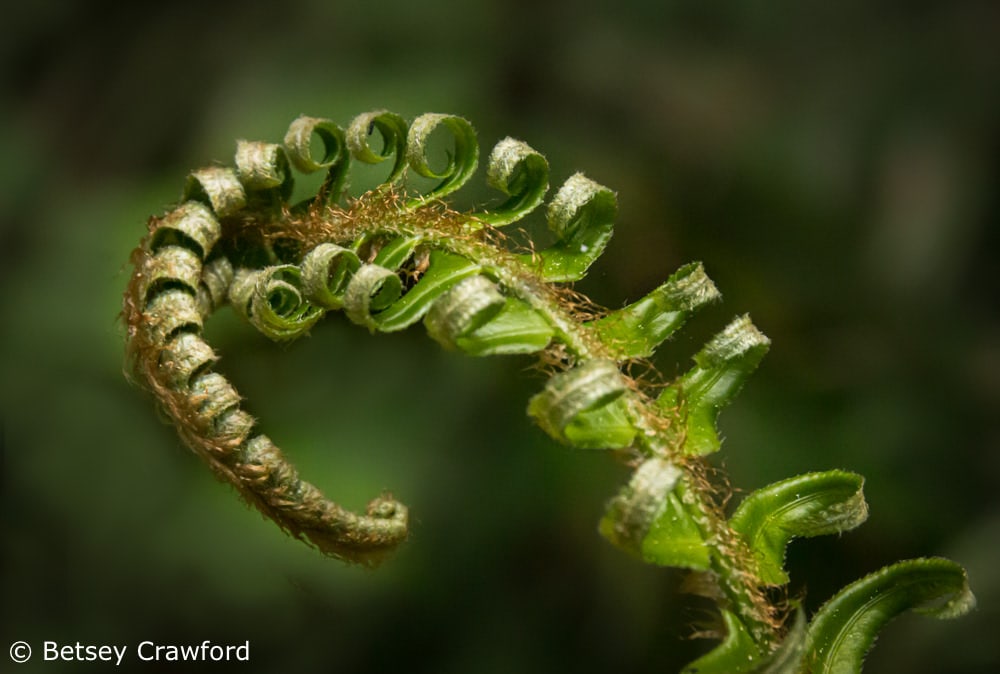Songlines 2021: a year of quiet wonder
…Be joyful Though you have considered all the facts. ~ Wendell Berry ~ Given the losses, both personal and communal, of 2020, and the fact that we were in pre-vaccination pandemic, I knew from the beginning that this year would be a quiet time of recovery. It was also, though I didn’t guess it then, […]
Songlines 2021: a year of quiet wonder Read More »
